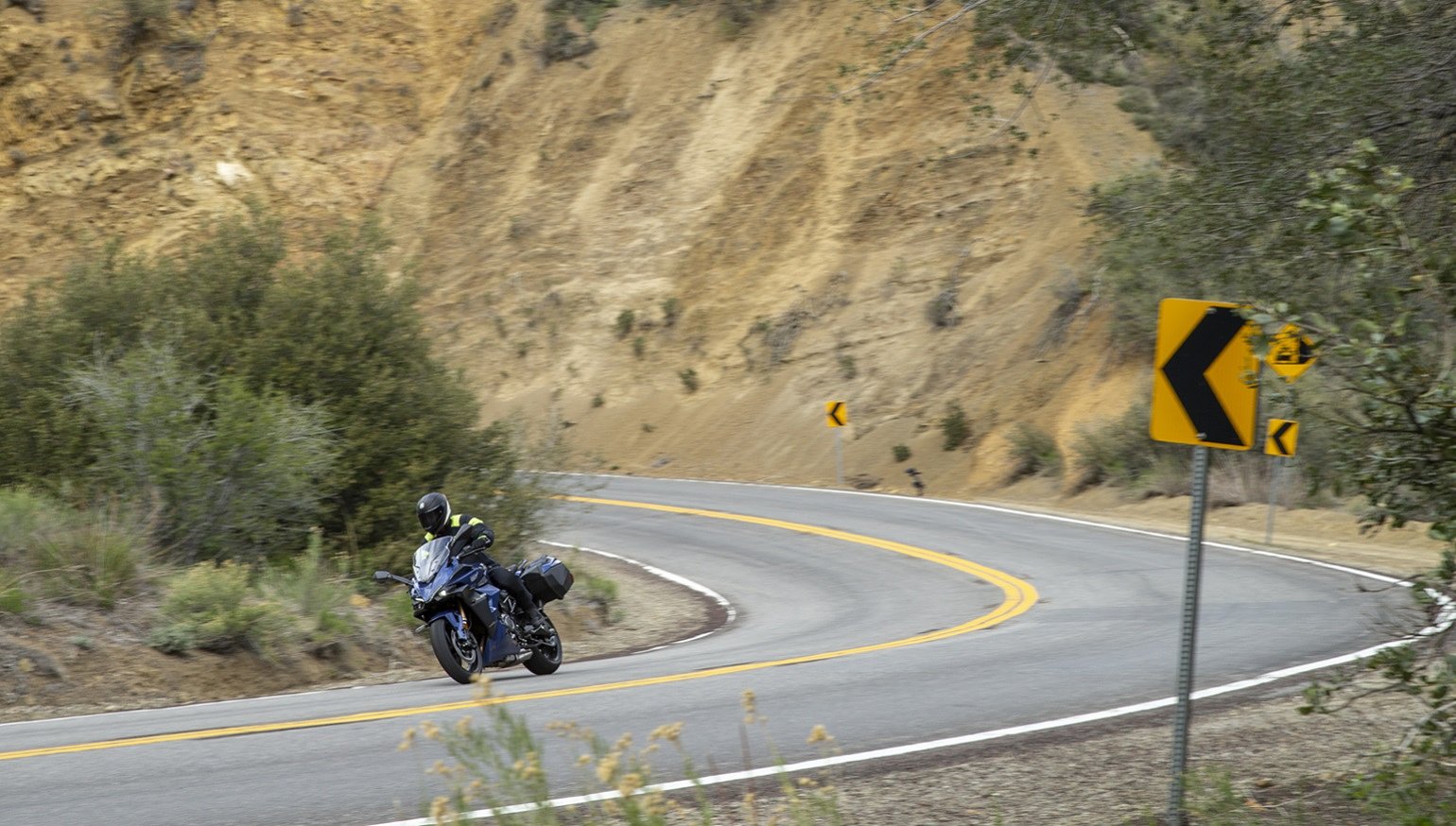Unlike The Young Rascals in 1967, I did my groovin’ on a Saturday afternoon ride. Actually, I’ve grooved every time I’ve swung a leg over a motorcycle and gone for a ride, no matter what day of the week it was. So have you.
What?!
That’s right, grooving — as in creating a groove or wearing one in. Every time we go for a ride (or perform any other routine activity), we’re reinforcing habits, skills and thought patterns with repetition. Our neurology naturally strives for efficiency. It makes patterns of cognitive, emotional, and muscular activity increasingly easy and likely, the more often we implement them. Conversely, it prunes neural pathways that go unemployed. Unless you use advanced math on a frequent basis, you’ve probably forgotten the vast majority of what you learned in algebra, trigonometry, and calculus classes, even if you made good grades in those subjects without much effort.
If you're old enough, remember when people used to be able to tell you their friends’ and family members’ phone numbers? Since our cell phones have eliminated the need to exercise that ability, very few people can still recall such information, certainly not because of its complexity. On the other hand, think about how difficult it would be to explain all the functions on your cell phone to someone who’d never used one before. We don’t have any trouble remembering and operating all sorts of complicated apps we use every day. It’s all about repetition — or lack thereof.
When we first try to execute a subtle or difficult physical action, we should expect to be clumsy, with a series of overcorrections in the wake of our initial fumbling, even if we have a clear idea of what we’re doing. Our muscles take time to catch up with our mental imagery about the desired movements. Then, as we home in on good technique with increasing precision and reliability, our mental imagery becomes more sophisticated, as well. There’s a feedback loop, with evolving mental models and physical sensations informing each other, establishing a more and more coherent set of connections between intention, action, and the actual result. Repetition makes these new connections increasingly consistent and automatic so we don’t have to think about them so much and can distribute more of our limited attention elsewhere as needed. Practice doesn’t necessarily make perfect; it just makes permanent.
Hence, it’s very important to practice the right patterns. That shouldn’t come as a surprise to anyone. However, we can know that principle in theory, yet engage in a lot of behavior that contradicts it. It’s like we hit “pause” on our understanding, act in defiance of it, and then expect to be able to resume in the future like nothing happened in between then and now. I’m guilty of doing exactly this with my riding skills.
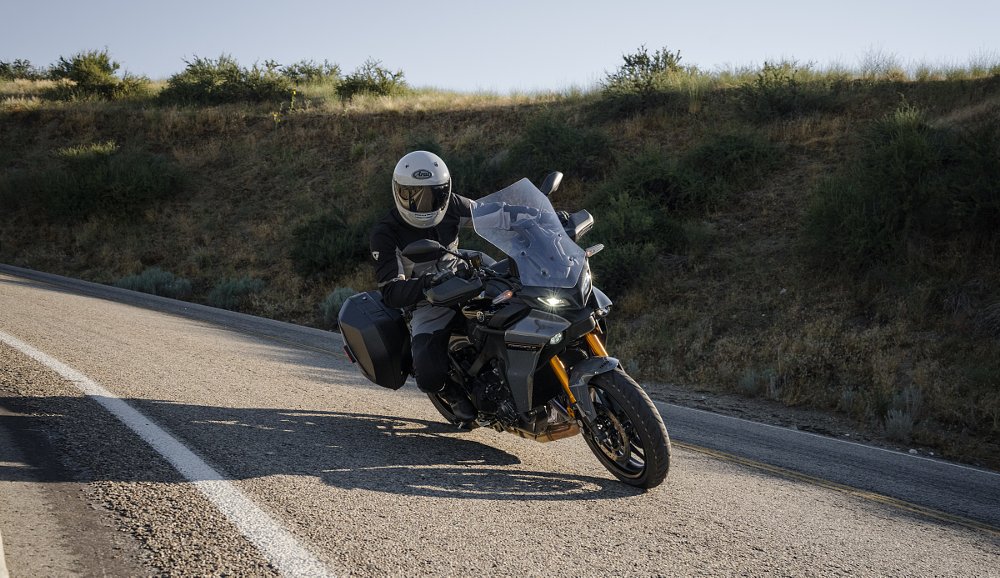
Intentional practice and unintentional practice
I do regularly practice a collection of good techniques. I’ll set up cones in an empty parking lot and work on my low-speed maneuvering, panic braking, and other skills I don’t always utilize during an average ride. I’ll also run back and forth on a specific stretch of road or trail with challenging corners or terrain, since it’s easier to learn when we can go over the same process again and again in quick succession. (This is why a track day can yield a year’s worth of development in a single weekend.) And, on each and every ride, when I think to do it, I practice strategic visual scanning, various styles of line selection, different kinds of braking and shifting finesse, and other advanced or nuanced approaches to the myriad tasks of operating a motorcycle. These typically require deliberate focus and sustained concentration, as they’re not necessarily demanded by the immediate situation (for instance, I can get away without 360-degree awareness most of the time, though I never know when a lapse might cost me dearly). Yes, whenever we’re out on our bikes, we certainly ought to be paying careful attention to all sorts of things, like potential traffic dangers and changing traction variables, but doing so is effortful and we get tired or lazy, or simply default to a lower energy level.
Here’s the rub (pun intended): Any time we’re not wearing in a good groove, we’re wearing in a bad one. I can go do tight U-turns on my little cone course and get better at them. That doesn’t mean I’ll use my improved ability the next time I need to whip around on the street because I missed my turn. In fact, if my mind is preoccupied with self-reproach for being late, irritation about the inadequate signage, fear of running wide into some nasty roadside debris, and the need to hustle before oncoming traffic arrives, I’ll likely revert back to whatever sloppy, awkward way I’ve done U-turns most often in the past.
There’s mastering the skill, and then there’s making it the new default. These are two separate things.
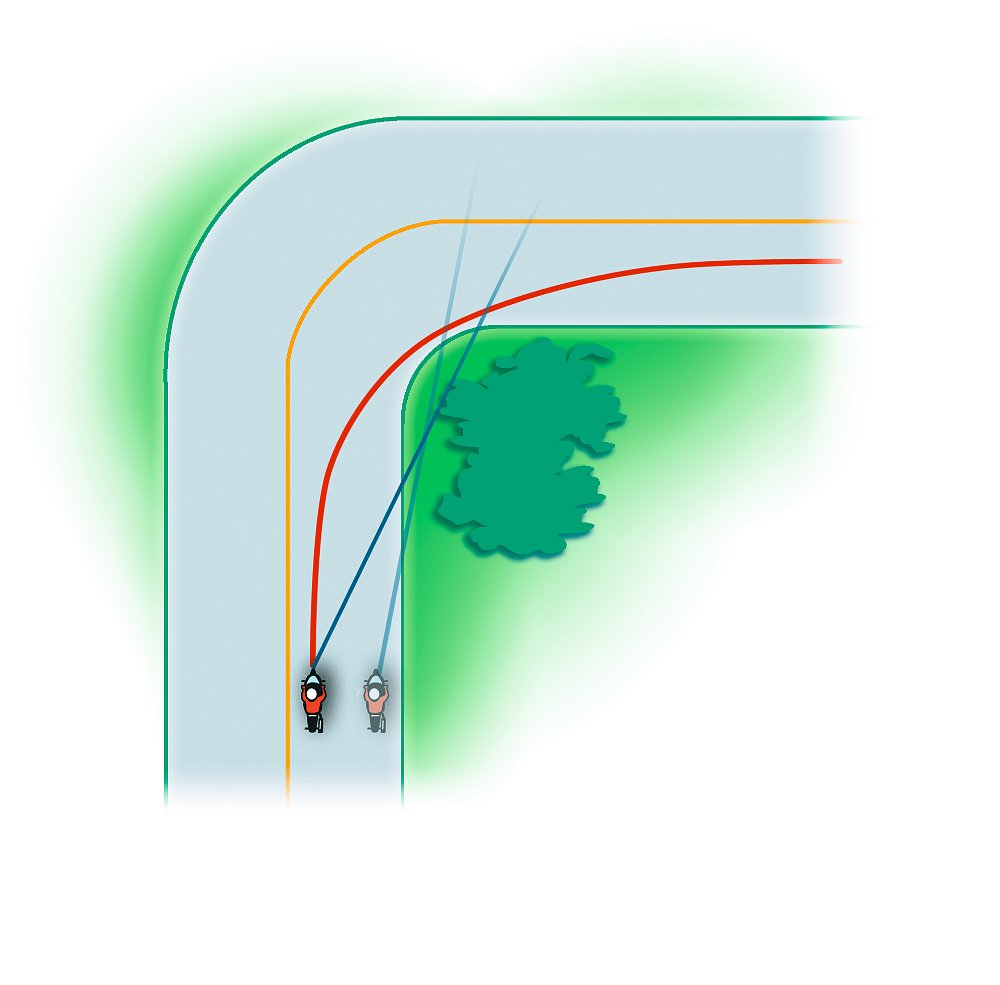
We don’t get to take a break from the grooving process. It’s happening all the time. On the Saturday afternoon ride I mentioned in the opening sentence, I was alarmed to realize this in a freshly vivid way. I was alone on a familiar twisty backroad, in no hurry to get anywhere and not intent on honing any particular skill. Sometimes I use this same route for brisk cornering practice, as it contains a wide variety of radius and elevation changes from one curve to the next, but on this day I was just out for a nice, relaxed cruise in spectacular spring weather. At some point it dawned on me I had not only dialed down my speed, I’d reduced my attention to many other factors, too. I wasn’t looking through corners consistently. My lines were random. There was no grace in my braking or turn initiation. I might as well have been a passenger on this ride, allowing whatever habits or whims were strongest to take control with almost no oversight.
Then it hit me: I was practicing terrible technique, including the meta level of sustained concentration. My riding had devolved into an amalgam of dubious old patterns and mild careless errors. None of this was bad enough to cause an accident, and there was virtually no one else on the road to worry about, so I could have continued this way with scant risk of penalty. I’d been lulled into a sort of vaguely euphoric trance that not only put me in bad stead should a deer emerge from the woods, but also undermined the work I’d done to improve my riding skills. It was analogous to working out hard at the gym, only to then lie around stuffing myself with pizza and ice cream, canceling the benefits.
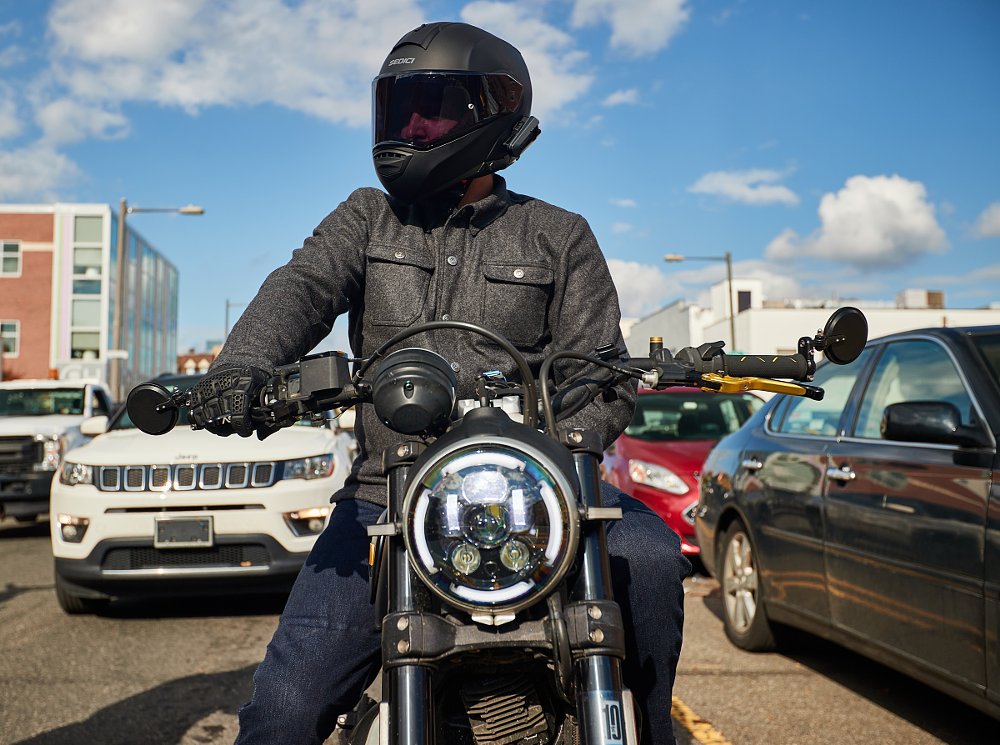
I don’t mean that every outing has to be an obligatory skill drill session. There was no need for me to pick up my pace on that Saturday afternoon and try to perfect my high-speed trail braking or hard-charging corner exits. However, I shouldn’t have gone to the opposite extreme, either. Instead of becoming rather mindless, I should have stayed mindful of the basic elements of motorcycling.
Riding elegantly at modest speed is just another kind of joy. We can take pleasure in tracing a beautiful arc through any curve, shifting smoothly and at just the right rpm, and braking deftly to provoke only negligible chassis pitch. We can marvel at how dependably we go where we look, and play with the options every successive corner presents; I’ll aim closer to the shoulder this time, hit a later apex or go for the exact center of my lane. Such “games” keep us focused and involved without making it feel like a chore to practice our skills.
There’s no pause button for our nervous system’s learning function. We’re always reinforcing either the stuff we want or the stuff we don’t want. So let's stay alert and groove deliberately, choosing the right neural pathways to reinforce so we'll benefit for many afternoons to come.


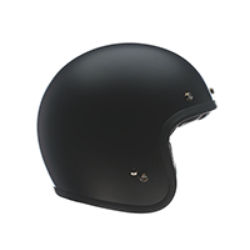

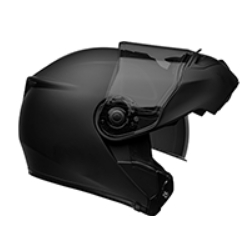

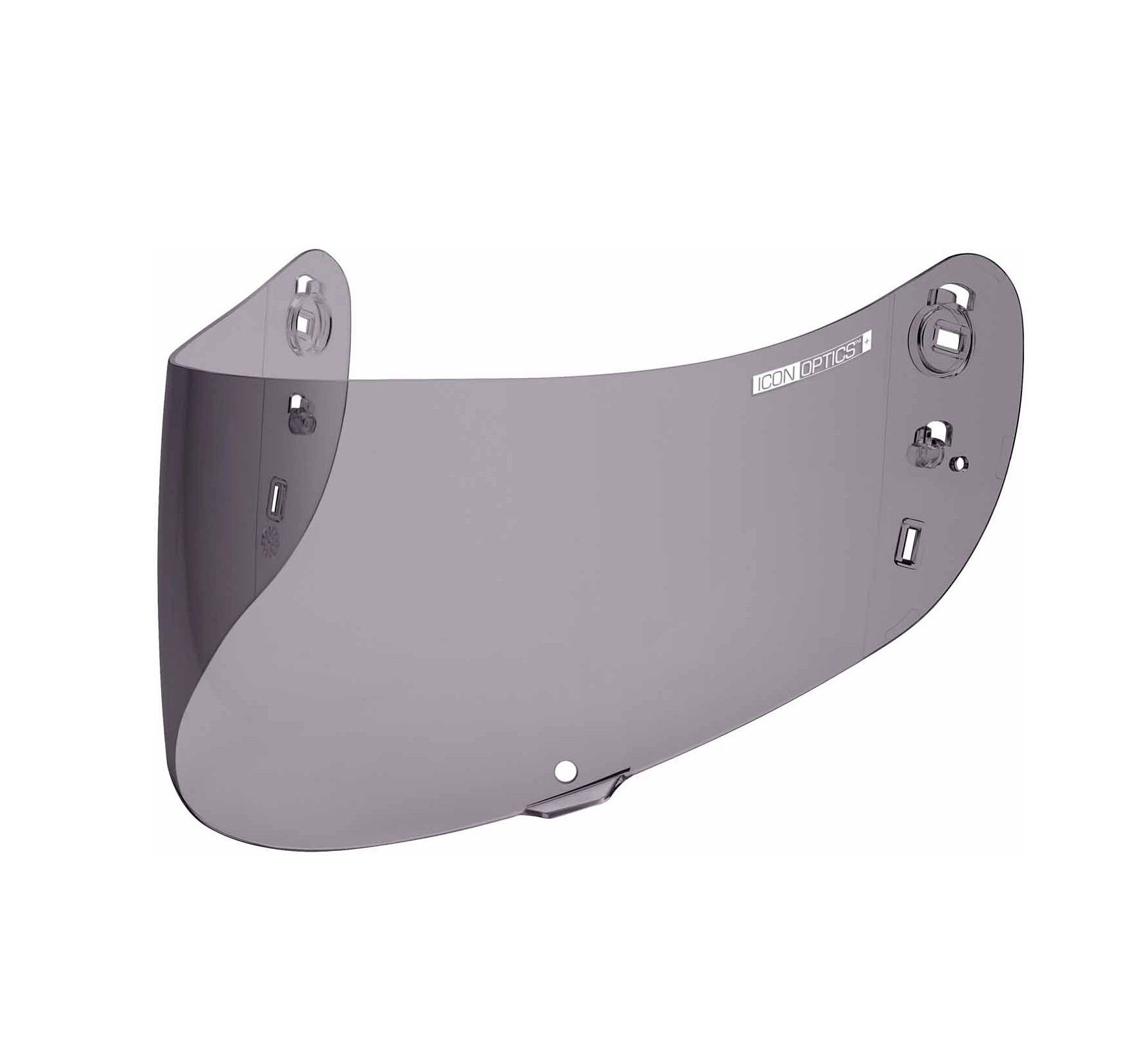

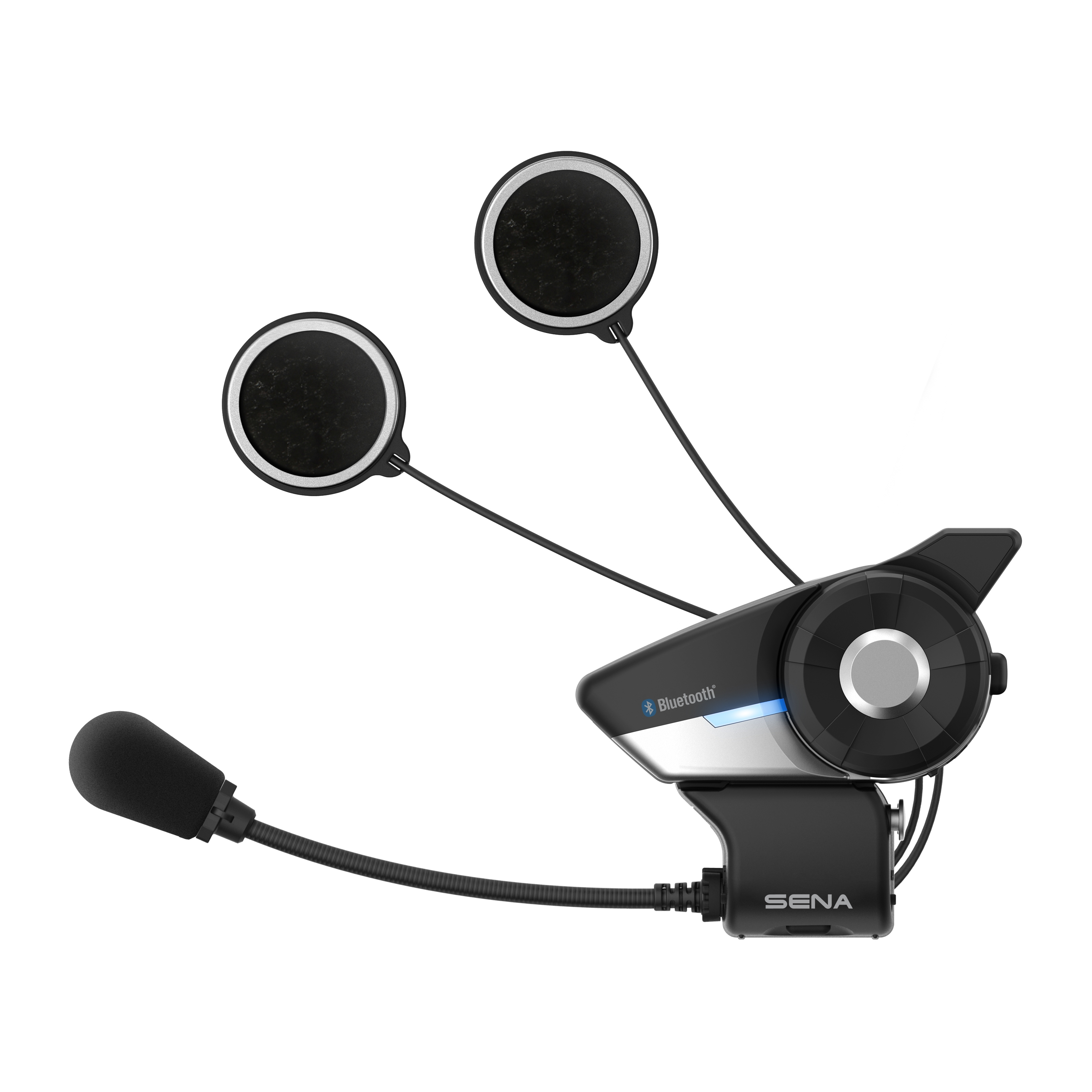


 Membership
Membership

